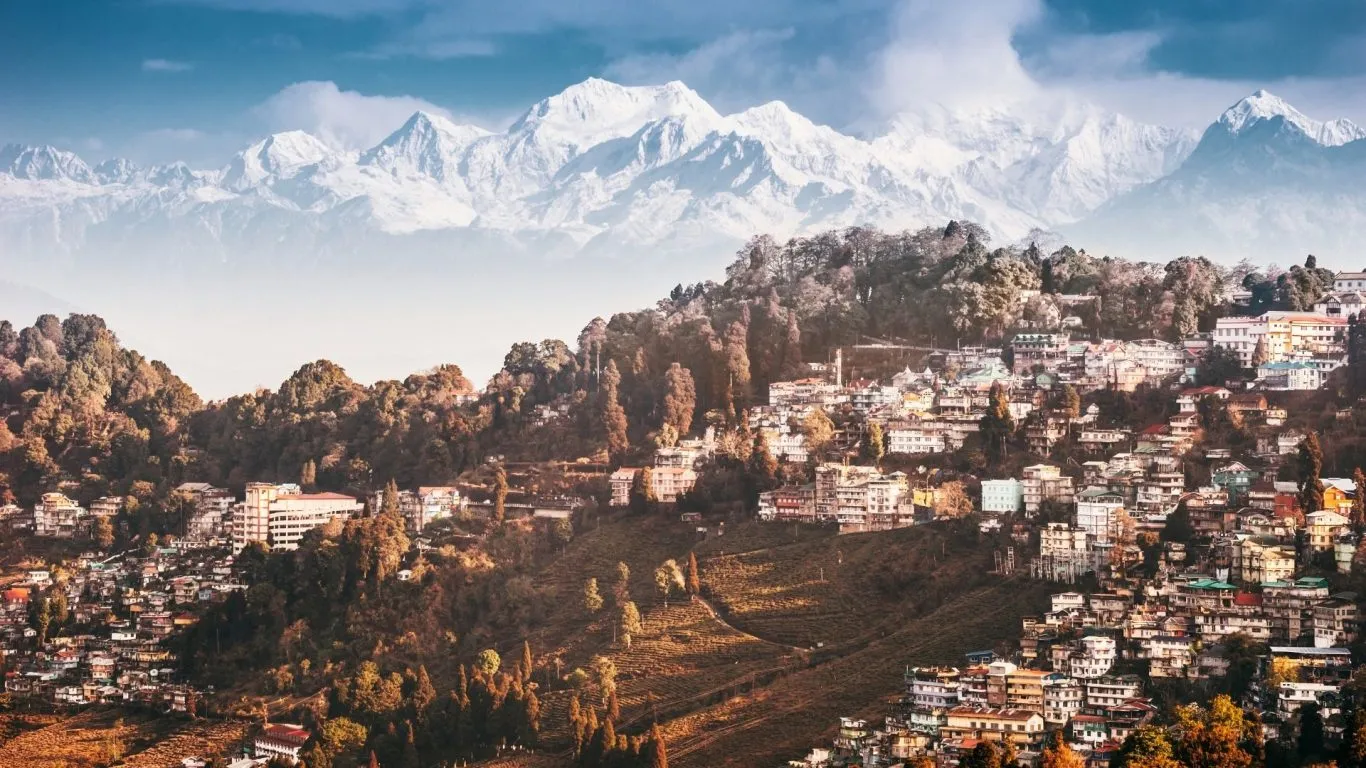AN ELGIN EXCLUSIVE FEATURE
You can hear your heart pounding. Every heartbeat is becoming louder. Every sensation is amplified. Now you close your eyes for a moment; anxiety, excitement & uncertainty have formed the most uncanny combination. Yes, that’s the adrenaline rush that engulfs the mind and body of a trekker on the Himalayas.
The majestic Himalayas are an attraction to tourists from all across the world. The soaring heights, heavenly beauty and tranquility of this region are unparalleled. But nothing this wonderful comes easy, so before you plan a trek to the world’s loftiest mountain range, acknowledge the perils you’re going to encounter.

Image by Sherpa Adventure Treks and Expedition, Facebook
‘Jomsom Mustang, Nepal’
The allure of these mountains veils some serious danger. Now this is not an attempt to scare you away but to make you aware about the journey you are going to begin. While the Himalayas are an experience worth taking risks for, every risk should be calculated and well planned. Here are some tips you must follow-
Creating a structured plan-
Planning your trek well in advance is always a good idea. Take 3-4 months to decide every aspect of your trip. Favourable weather conditions are the most important deciding factor. After you fix the time for the trek, the next step would be choosing the specific places you’d want to visit and planning your budget accordingly. The spending on travel, trekking clothes and shoes, food, training etc. should be fixed. Moreover, carrying some extra cash for unprecedented situations would be a wise tack.
Also, make sure you buy all the essentials (from clothes and boots to backpack and trekking pole) ahead of time and not at the eleventh hour. This will save you the last moment rush.

Image by Deepak Aryal- Nepal Tour Organiser, Leader & Guide, Facebook
‘A mesmerising view of Mt Everest from Kala Patthar‘
The ‘right’ companion for your trek-
No stretching of imagination is required to judge how arduous this journey would be without the right companion. While it is not advisable to form large groups for the trek, it would be apt to take a few friends or family members along. If you’re a novice it is a must to start the trek under supervision of an experienced guide. Some organised trips are also available. These trips provide you experienced guides and logistics to accompany you for the trek.

Image by Divya Dhakal, Instagram
‘Mt Machhapuchhre– one of Nepal’s most sacred mountains’
Physical & Mental Fitness-
This journey would be demanding both mentally and physically. From mental fatigue to sore calves & blisters, this journey would challenge you in every nook and cranny. Nevertheless, that pristine topography would be totally worth it.
Being physically active is important; start walking, jogging or cycling at least 2-3 months before your trek. These physical activities will make your calf muscles stronger and build your stamina. Also, start choosing stairs over escalators and lifts as this will build your calves and quads. Even if you’re not a fitness freak, it’s never too late to start training.
The trek can be stressful, so being paranoid at times is understandable. However, don’t let the tensity overwhelm you. Take a deep breath and keep reminding yourself why you’re on this journey.

Image by Aastha Homestay Raithal, Facebook
‘Dayara Bugyal- one of the most beautiful alpine meadows in India’
Be a mindful traveller-
Be responsible and aware at all times. A trek to the Himalayas will be the most endearing experience of your life. The peace and artistry of the Himalayas will astound you. Embrace this experience with a lot of care. Don’t cause harm to the ecosystem, keep your surroundings clean and don’t pollute the water resources. These mindful acts will help you give back to nature.
Believe your instincts-
Playing it safe might sound too mundane, especially when you’re on a trek seeking adventure. However, before you drown yourself in the beauty of the mountains, remind yourself that these mountains can be unforgiving and brutal too. Being prudent or vigilant won’t make you less adventurous. Take a step back if a doubt pops up in your mind. Take a halt, rest for a day or maybe start descending when things don’t feel right. Believe your instincts, because mountains may be beautiful but they are not as precious as your life.





